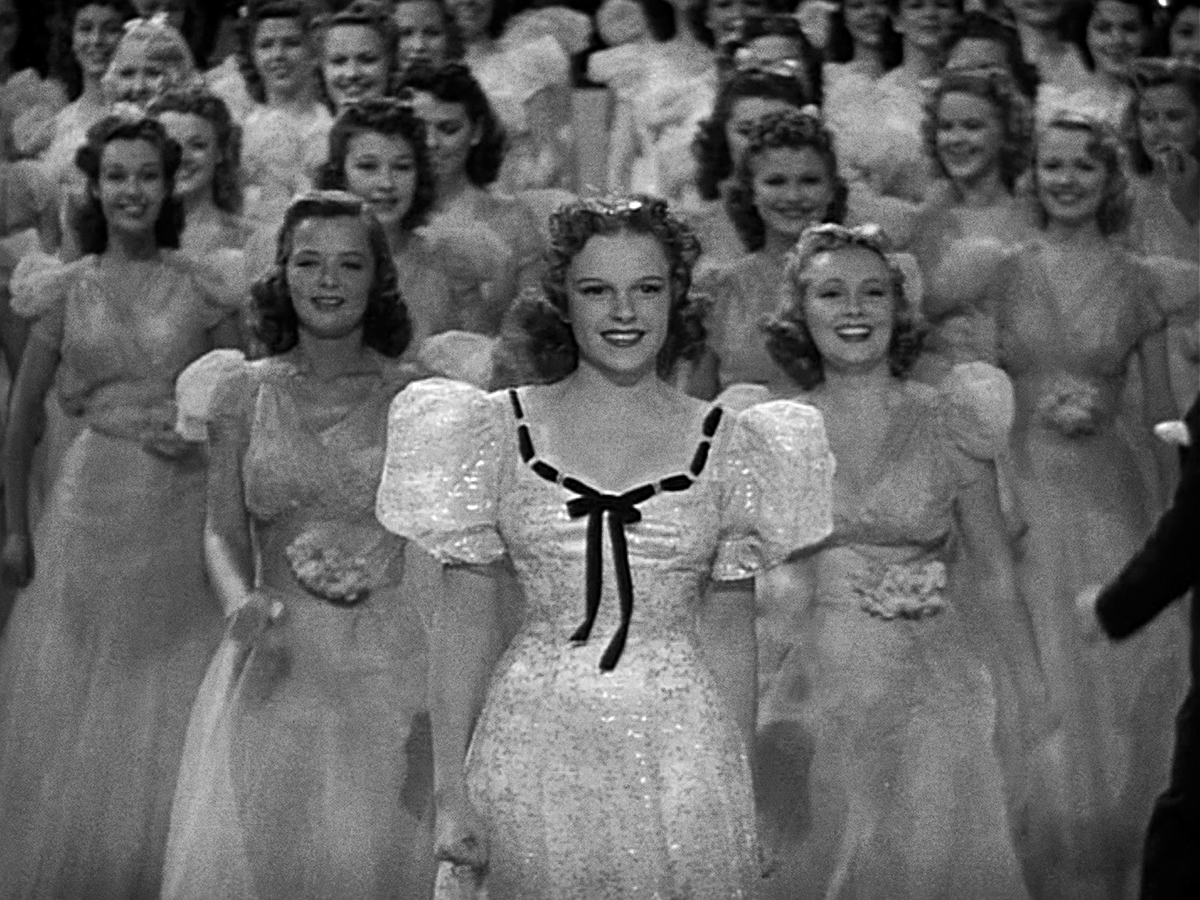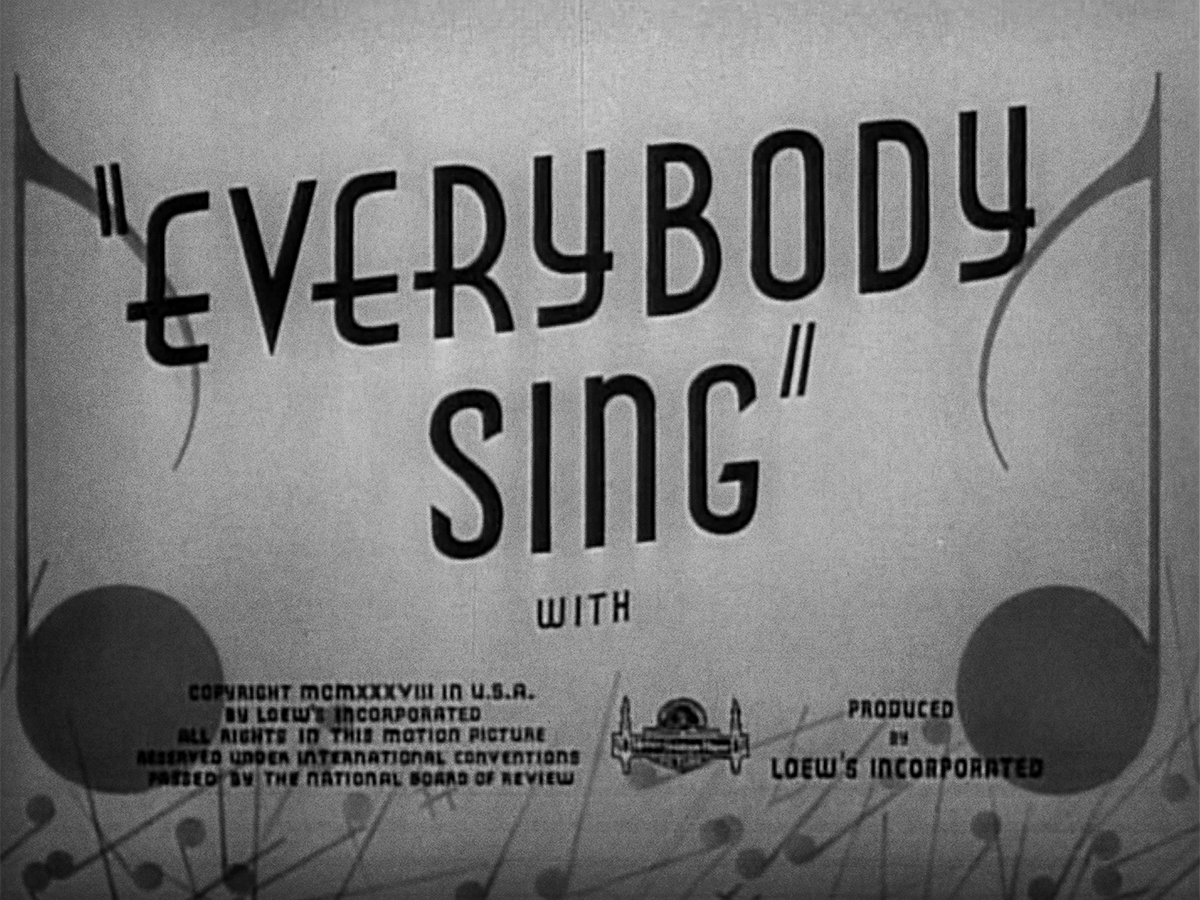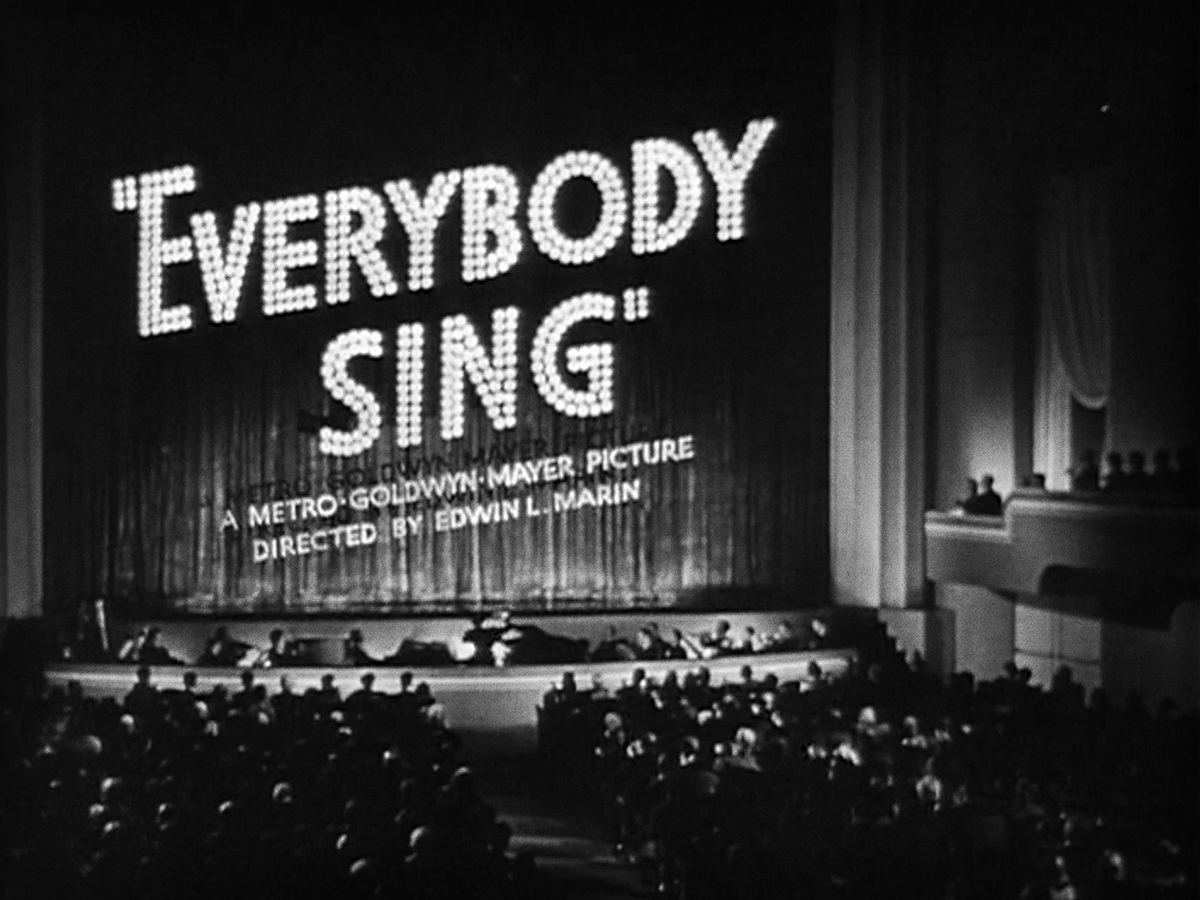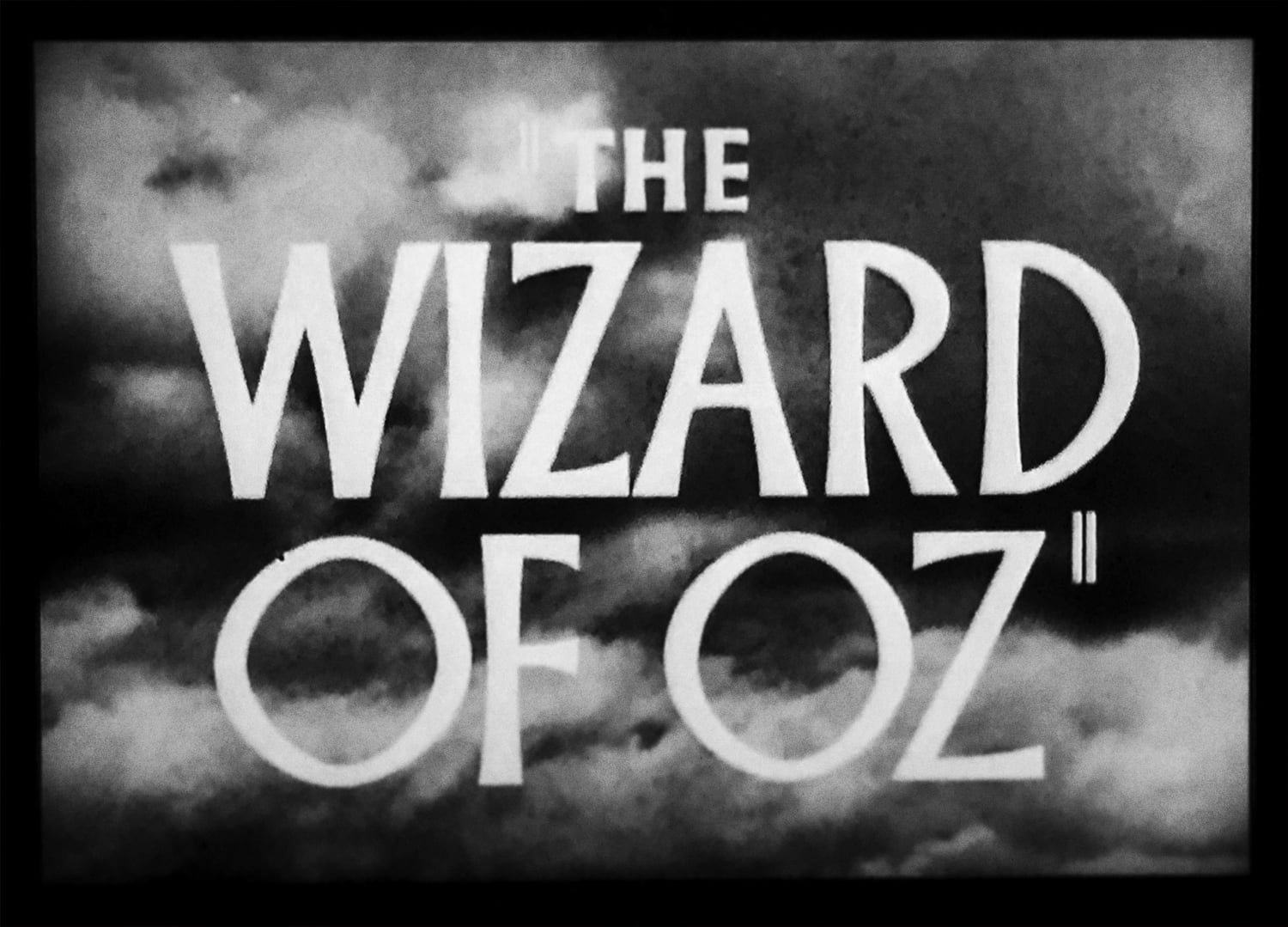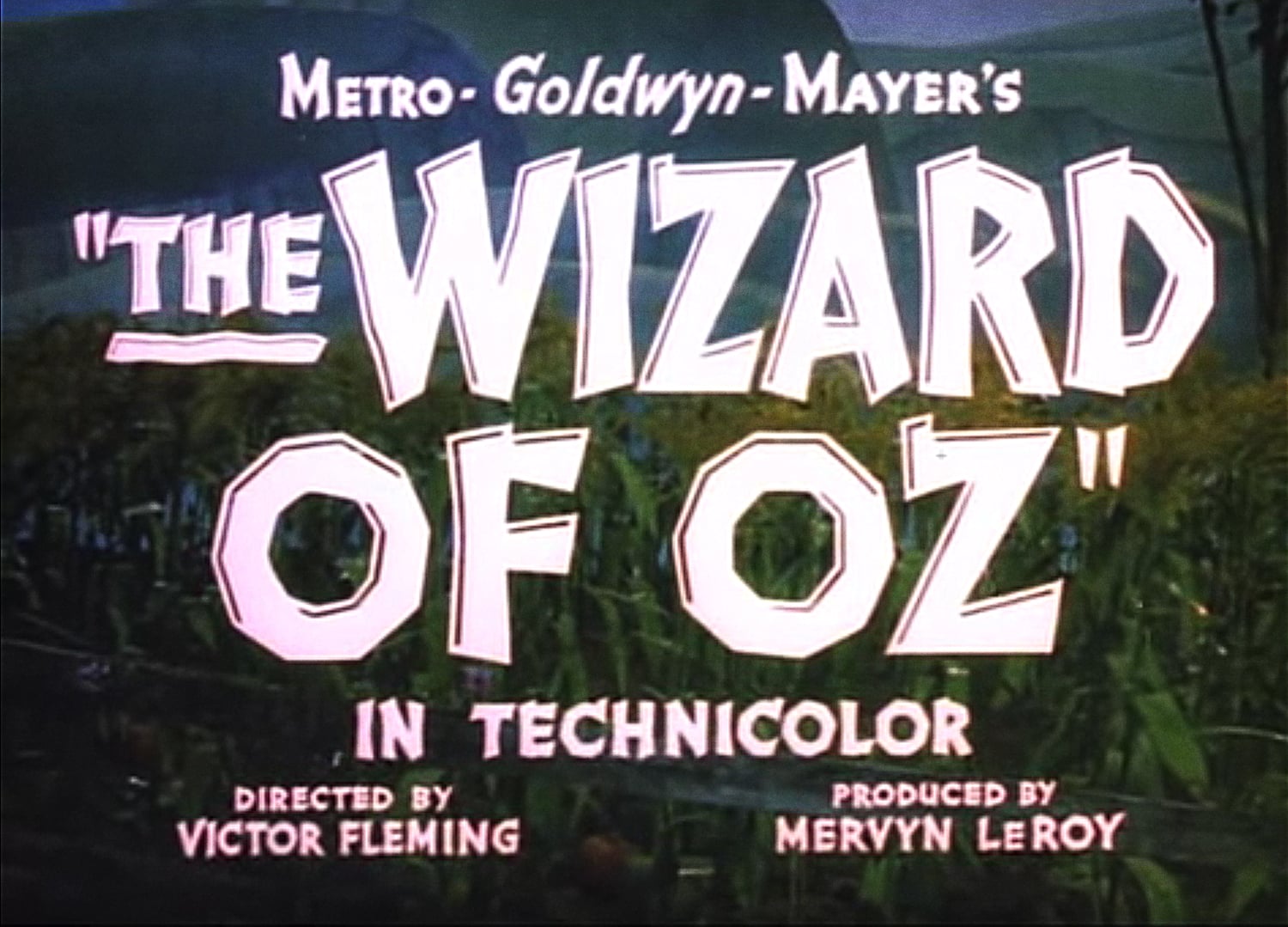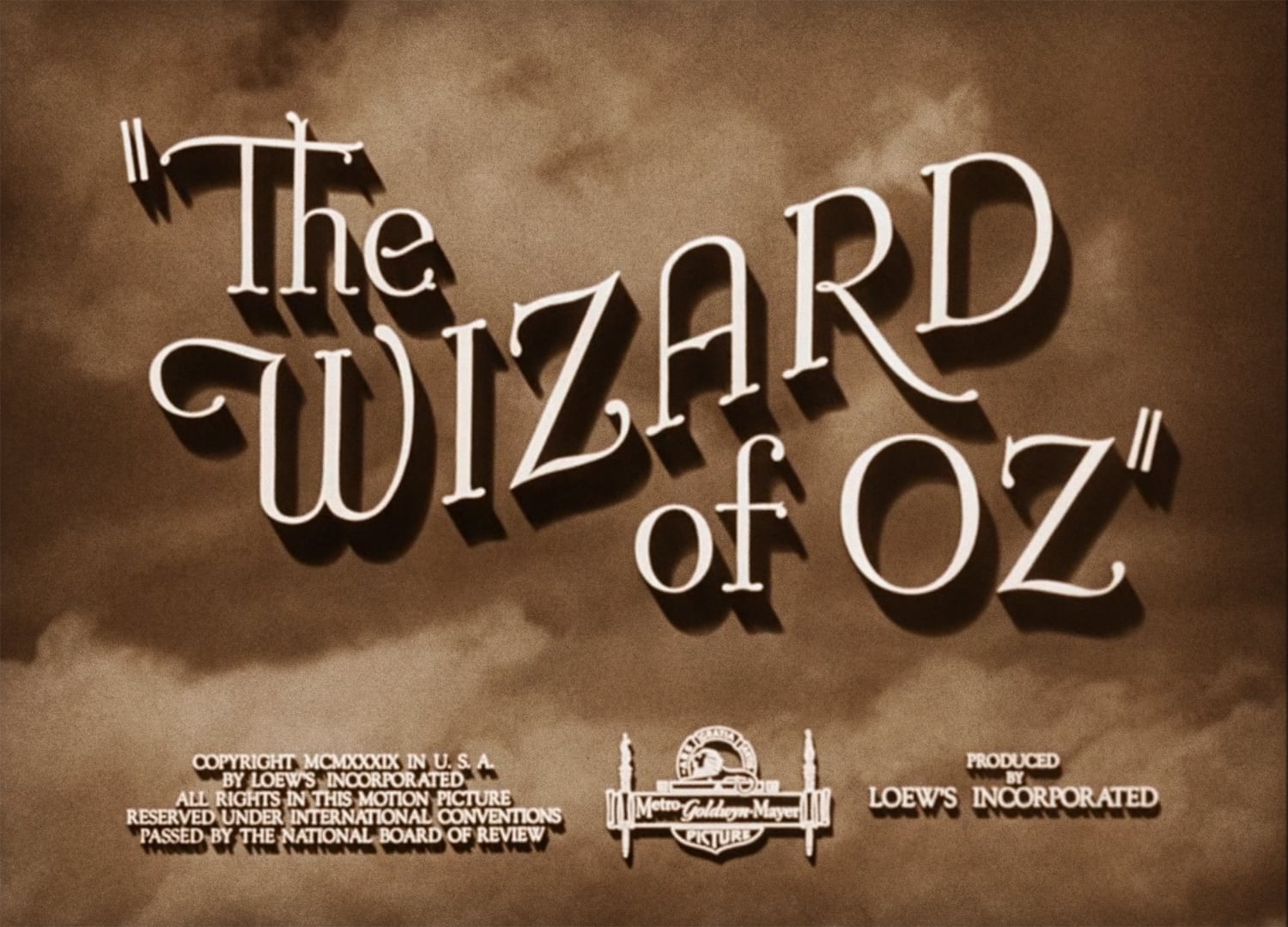“It’s a Great Day for the Irish!” Here’s the next title card I designed and lettered for my Judy Garland film title series.
The trailer features some fun inline typography (seen below) but I thought the treatment created for the main titles was much more interesting and in-line with the content and themes of the film so I chose that as reference for my piece instead.
It’s 1940 and MGM producer Arthur Freed was looking for the right vehicle to move Judy into more “adult” parts. In Little Nellie Kelly she would play a dual role, one part as an Irish woman who travels to the U.S. with her feuding husband and father only to die in childbirth, and the other as the daughter raised by the two quarreling men.
Just before Judy began work on Little Nellie Kelly, MGM raised her salary from $600 to $2000 a week with options for seven years that would eventually bring her to $3000 a week.
In the film, Judy sings a chorus of “A Pretty Girl Milking Her Cow” as Nellie Kellie, and a jazzed-up reprise of it as Little Nellie. She would later describe the song as one of Roger Edens’ discoveries: “...an obscure Irish folk song that fit the picture well. And we did it, and they released the picture, and the song became... an obscure Irish folk song!” Edens also wrote “It’s a Great Day for the Irish,” which became a Garland standard. The song was written to capitalize on her identification with her Irish roots and was used in a recreation of New York’s famed annual St. Patrick’s Day Parade marching up Fifth Avenue. It was a major production number requiring the New York Street set on the backlot of MGM to be enlarged, involving the main characters of the film and showcasing Judy’s enormously strong voice as she sang and danced up the avenue.
Little Nellie Kelly is an important film for Judy as she practically grew up on the screen bearing a child, playing a death scene (the only one she ever played on-screen), and receiving her first romantic adult kiss. It was also the first film to showcase her very impressive dramatic abilities. Sadly, MGM would do very little to build on her dramatic impact in film, confining her to musicals for all but one feature called The Clock, during her time there.
Here’s the main title treatment for the film which I really enjoy although it is a bit too “woodland” and “fairy-tale” for the movie.
The promotional materials for the film included a wide range of title treatments and I especially enjoyed the sans-serif inline type on this colorful half-sheet poster.
Here you can see Judy growing up and looking mature and beautiful in her first “real” romantic role.
I love reading the articles found in the popular movie magazines in the 40s and 50s. Here are two from my collection.
The first article is called Beginning Judy Garland’s Gay Life Story from Screenland magazine in December 1940. It’s the first part of a two-part story of Judy’s life according to her as told to Gladys Hall.
MGM loved putting out the life stories of their stars to make them seem like everyone else but deeply and importantly talented.
The second article is part two and is called Judy Garland’s Gay Life Story from Screenland magazine in January 1941. In this second and final installment, Judy addresses filming Little Nellie Kelly and includes a lovely picture with her on-screen father.
In the article, Judy says: “And now I’m playing my first grown-up, dramatic character part in Little Nellie Kelly. I even die in Nellie. And—and this is a VERY important first in my life, I play my first grown-up love scene in the picture, too! I’m really blushing even as I write about it. I, who have said I was never embarrassed on the stage, in front of a mic or camera, take it all back now. George Murphy plays my sweetheart (and my husband, I play a dual role, too!) in the picture. And he was certainly the most perfect choice, for he is so kind and tender and understanding—and humorous, too. But just the same, after we made that love scene, I didn’t know what to do or where to look. I’d just kind of go away between scenes because I couldn’t look at him. He kept kidding me, too, saying he felt like he was “in Tennessee with my child bride!”
Here’s the theatrical trailer! I love how its copy references two films that Judy had just filmed.

























